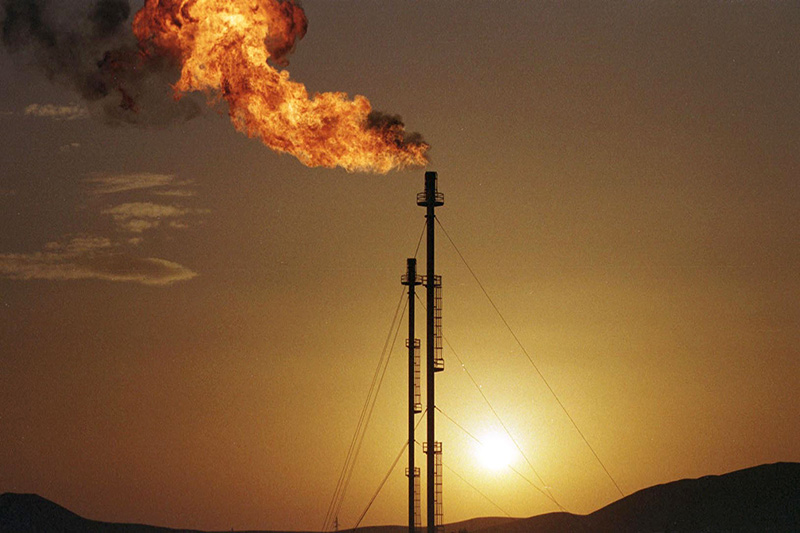By David Kashi - Rail companies are hoping to cash in on the U.S. natural gas boom by replacing diesel-burning locomotives with natural gas-burning ones, which could cut fuel costs by 50 percent while reducing pollution.
“[Natural gas] may revolutionize the industry much like the transition from steam to diesel," Jessica Taylor, a spokeswoman for General Electric Company (NYSE:GE) told the Associated Press Thursday.
General Electric and Caterpillar Inc.(NYSE:CAT), two major locomotive manufactures, have developed a prototype engine that could burn both diesel and liquefied natural gas. The redesigned engine will be tested by Union Pacific Corporation (NYSE:UNP), CSX Corporation (NYSE:CSX), Burlington Northern Santa Fe, LLC (NYSE:BNI) and Canadian National Railway (NYSE:CNI) beginning this year.

Thanks to hydraulic fracturing, or fracking, and the ability to drill horizontally, U.S natural gas production has rocketed. Fracking is a drilling technique that blasts millions of gallons of water and chemicals to fracture rock formations deep beneath the surface and release petroleum.
The abundance of natural gas on the market has caused prices to drop making the energy resource a cheaper and cleaner alternative to diesel-burning trains.
One downside to using natural gas-powered locomotives is that prices could surge if gas exports increase and if industries switch to natural gas, Logan Purk, an Edward Jones analyst told AP.
Rail companies have not set a price to retrofit kits, but experts expect the price to be less than purchasing a new locomotive that costs approximately $2 million.
"It's so early in this that we're still working to understand the potential savings," Louis Renjel, vice president of strategic infrastructure at CSX railroad, said.
